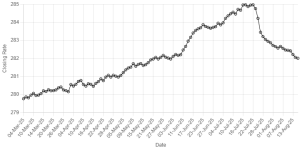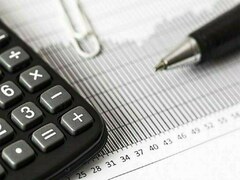Japan's birthrate dipped to a record low last year as fewer young couples had children, the government said Wednesday, fuelling fears of a shrinking workforce and a growing burden on the troubled pension system. The average number of children a Japanese woman has during her lifetime stood at 1.2888 in 2004, down from 1.2905 in 2003, the Ministry of Health, Labour and Welfare said. It was the fourth straight year that the birthrate has hit a record low. The number of children born last year also stood at a new low, of 1,110,835, the ministry said in an annual demographic report.
The government has been alarmed by the dwindling births, which have begun to open the sensitive debate on whether historically homogenous Japan should open the doors to wide-scale immigration.
"It is a very low level," Chief Cabinet Secretary Hiroyuki Hosoda told a news conference. "I don't quite see any factor which may help improve the figure."
The top government spokesman added that there are "many environmental restrictions" which lead people to remain unmarried, marry late or have a small number of children.
"We must strictly enforce measures to deal with the declining birthrate," he said, adding that the trend is "hardly desirable for the pension system".
With a growing number of young people saying children are a burden to their lifestyles and careers, the government has been aiming to improve child-care facilities and implementing other measures designed to make child-rearing easier, especially for working women.
A social issue forum of the ruling Liberal Democratic Party said in a statement that the country has to deal with the issue "as a top priority task". The birthrate, calculated on children born to women aged between 15 and 49, has been steadily declining since 1973, when it peaked at 2.14 at the height of the country's second post-war baby boom.
In early 2002, the government forecast the rate to bottom out at 1.306 in 2007 and recover to 1.39 by 2050.
Japan's population is forecast by the government to fall back from a peak of 127.8 million in 2006 due to dwindling births.
An official at the ministry's division on demographic statistics said that the rate might bounce back when women from the second baby boom in the early 1970s begin having children in the coming years.
BR100
15,186
Increased By
82.6 (0.55%)
BR30
42,842
Increased By
223 (0.52%)
KSE100
149,361
Increased By
1164.3 (0.79%)
KSE30
45,552
Increased By
281.7 (0.62%)





















Comments
Comments are closed.